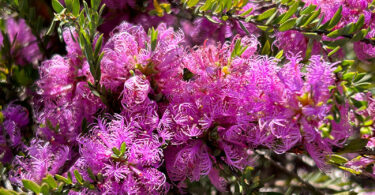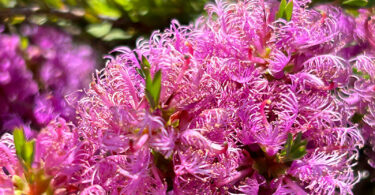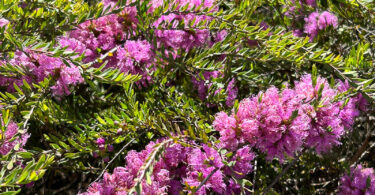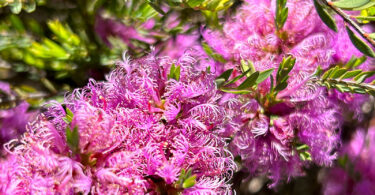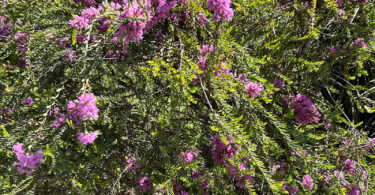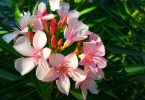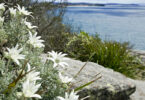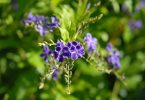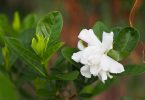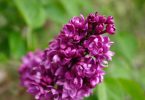Botanical name
Melaleuca thymifolia
Common name
Thyme Honey Myrtle, Thyme Leaf Honey Myrtle, Honey Myrtle
Thyme Honey Myrtle description
Thyme Honey Myrtle is an evergreen Australian native shrub originating from the eastern states of New South Wales and Queensland. Growing to around 1.5m high by 1.5m wide, it has an attractive dome shaped growth habit.
The small, elliptical leaves are 10mm in length and have a very pleasant thyme-like fragrance when crushed. These can be used in cooking to produce a flavour similar to thyme.
Unique feathery pinkish-mauve flowers appear on the plant in late Spring and Summer as well as sporadically throughout the rest of the year. Nectar loving birds, bees and insects find these highly attractive.
Melaleuca thymifolia ‘White Lace’ is a white flowering form, Melaleuca thymifolia ‘Pink Lace’ is a pink flowering form and Melaleuca thymifolia ‘Little Beauty’ is a compact, low-growing form.
Climate
Sub-tropical, Warm temperate, Cool temperate
Plant cultivation & care
Manages in poor soils but prefers a moist, well drained soil in a full sun position. Drought and light frost tolerant. Apply an fertiliser specifically designed for Australian natives in Spring.
Propagates easily from seed in Spring and Summer or semi-hardwood cuttings in Autumn.
Plant use
Native gardens, shrubberies, pots, low hedges, cut flowers, parks
Pruning
Requires very little in the way of pruning. A light tidy-up after flowering is all.
Pests & diseases
No specific pests or diseases.






